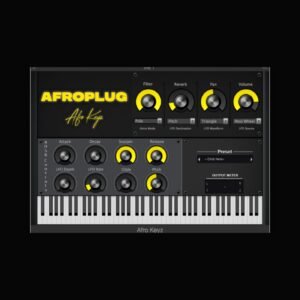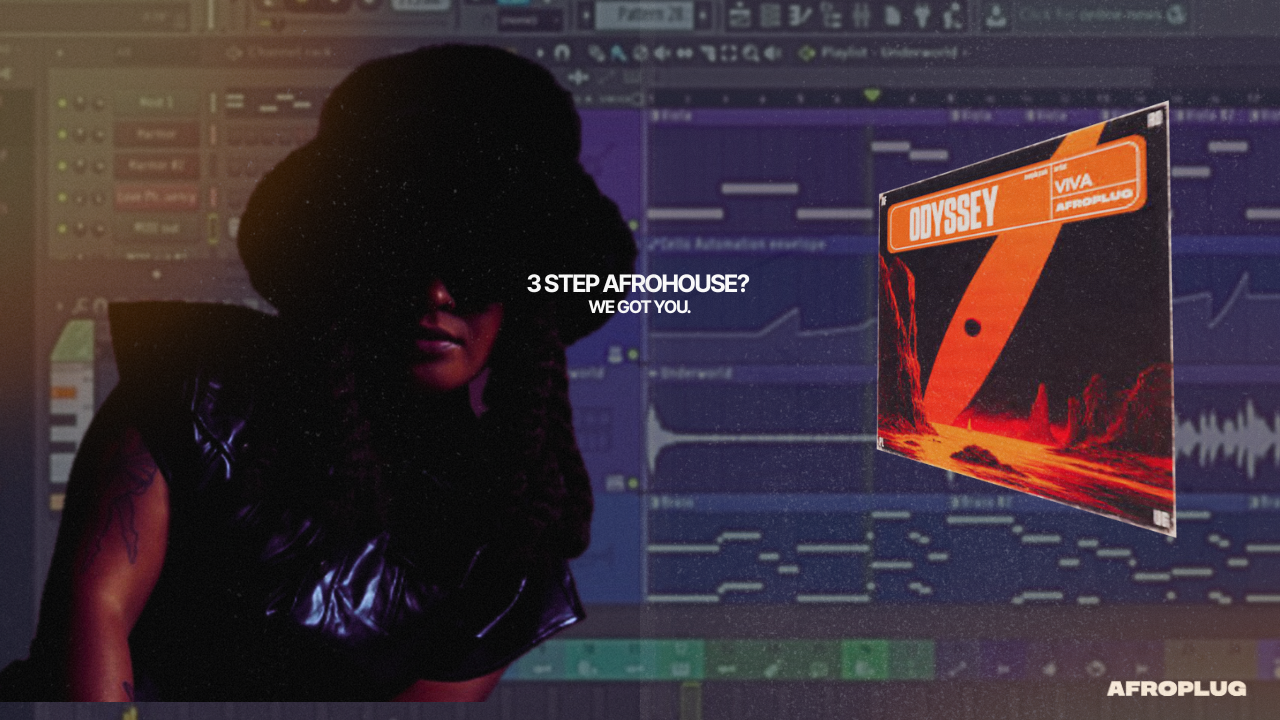You can contact us 24/7 via our Support team
US$0.00
Best discounts this week for your next hits
Afro Keyz – Synth VST
Shattayard – Dancehall Shatta VST
Amapiano, a genre that emerged from South Africa, has taken the world by storm with its catchy rhythms, soulful melodies, and infectious basslines. While it has become a global sensation, Amapiano’s roots are deeply embedded in the culture and creativity of South Africa. The 3-step Amapiano beat, in particular, is one of the most iconic and signature rhythms of the genre.
In this article, we’ll walk you through the history of Amapiano, explain the structure of the 3-step beat, and show you how to create your own Amapiano masterpiece.
The Origins of Amapiano
Amapiano, which translates to “the pianos” in Zulu, draws its influences from several genres, including house, jazz, and kwaito, a South African music style. It gained traction around the 2010s and quickly became a movement that defined the music scene in South Africa. Pioneers like DJ Maphorisa, Kabza De Small, and Focalistic helped shape Amapiano into what it is today.
The genre is known for its smooth and groovy rhythms, captivating piano melodies, deep basslines, and syncopated beats. One of the key features of Amapiano is its use of the 3-step rhythm, a unique pattern that forms the backbone of the genre.
What is the 3-Step Amapiano Beat?
The 3-step Amapiano beat refers to a rhythm pattern that drives the groove of Amapiano tracks. This distinctive rhythm is known for its laid-back feel while maintaining a danceable, upbeat tempo. It’s called the “3-step” because of the way the drums and percussion are arranged—each beat flows with a syncopated pattern, almost like a footstep that moves from one groove to the next.
This rhythm is typically paired with a deep bassline, jazzy piano chords, and smooth melodies to create a euphoric atmosphere on the dancefloor. The 3-step Amapiano beat has a hypnotic quality, making it both soothing and exciting at the same time.
How to Make 3-Step Amapiano Beats: A Step-by-Step Guide
- Start with the Drums The foundation of any Amapiano beat is the drum pattern. Begin by laying down the classic 3-step rhythm. You’ll need a kick drum, snare, and high hats to create the signature feel. The kick typically lands on the first and third beats, while the snare or clap is placed in between to add syncopation. The high hats are crucial to get that percussive groove. Experiment with the rhythm to get a bouncy, syncopated feel that gives your track the signature Amapiano swing.
- Add the Bassline Amapiano is known for its heavy, deep basslines. The bassline is one of the most important elements of the genre, so take your time to craft one that complements the drums. Use a deep, subby bass sound and try adding some slides or glides to give it that smooth, flowing feel. The bass should move in sync with the 3-step rhythm and give your track a solid foundation.
- Piano and Melodies The piano is central to Amapiano’s sound. Start adding some jazzy chord progressions with your piano or electric keys. The keys should be smooth and atmospheric, providing harmony and texture to the rhythm. Amapiano is known for its rich, soulful melodies, so don’t be afraid to experiment with different chord voicings and melodies.
- Add Percussion Elements Amapiano’s groove wouldn’t be complete without its percussion. Incorporate percussion sounds like shakers, congas, bongos, or other traditional African instruments. These elements bring a sense of authenticity and rhythm to your track. Try to layer your percussion carefully, adding rhythmic variation to keep the groove interesting.
- Arrangement and Structure Amapiano tracks often have a flowing, extended structure. They can go for several minutes, with breakdowns, drops, and buildup sections. When arranging your track, be sure to play with dynamics and energy levels. Start off smooth and build the energy as the track progresses. Use your melodic elements, bassline, and drums creatively to keep the listener engaged throughout the entire song.
Discover our Odyssey 3 Step Amapiano Pack: here
Pro Tips for Perfecting Your 3-Step Amapiano Beat
- Experiment with Swing: The groove is everything in Amapiano. Don’t be afraid to experiment with slight swing or off-beat rhythms to make your track more organic.
- Use Vocal Chops: Vocal samples can elevate your track. Slice up vocal loops and place them in rhythmic patterns to add texture and depth to the arrangement.
- Embrace the Space: Amapiano often relies on space and simplicity. Don’t overcrowd your mix; let each element breathe and create a relaxed yet vibrant atmosphere.
- Mix and Master Carefully: Ensure that your bass, drums, and melodies blend well in the mix. Amapiano beats need to sound clean but full, so be sure to balance each element properly. When mastering, focus on keeping the low end solid and punchy.
Conclusion
The 3-step Amapiano beat is a defining characteristic of the genre, and it’s what gives the style its unique bounce and groove. By understanding the history and structure of this rhythm, you can create beats that not only capture the essence of Amapiano but also bring your own creative twist to the genre.
Whether you’re just starting to experiment with Amapiano or you’re looking to refine your production skills, mastering the 3-step rhythm is key to crafting authentic, dancefloor-ready tracks. So, fire up your DAW, embrace the groove, and start making some iconic Amapiano beats!


